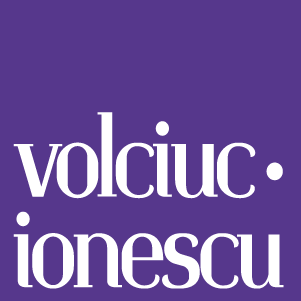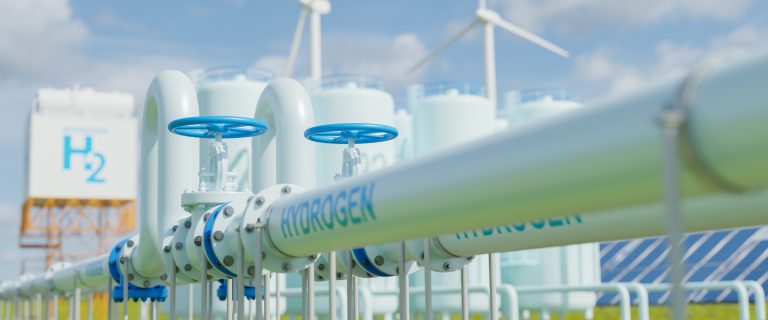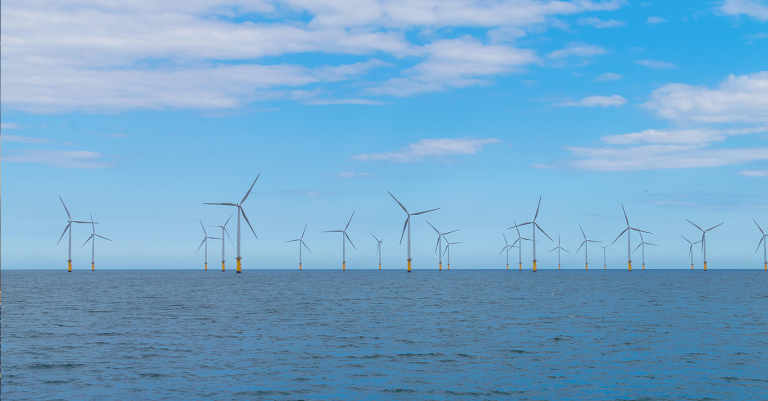The Romanian mergers and acquisitions market recorded a strong growth last year, exceeding EUR 3 billion total value from a level of EUR 2.24 billion in 2014. The number of M&A transactions in 2015 was lower than in 2014 (119, as opposed to 131 in 2014) and most of the deals were small and medium size, but there were also a few large ticket transactions that drove such significant increase in total value.
M&A deals are taking place in many sectors, with financial services, manufacturing and production, real estate, retail and transportation being among the main drivers. Some key transactions have also taken place or have been announced in the consumer goods, health, IT, agriculture and energy areas, a sign of the potential of such areas in the future. The M&A activity was dominated by inbound deals (more than 60% share), while domestic deals accounted for approx. 30% and outbound transactions for less than 8%.
Some of the reference transactions in the financial services sector in the last year include the acquisition by UniCredit SpA (Italy) of the remaining 45% stake in Unicredit Tiriac Bank for a market estimated deal value of EUR 700 million, the purchase of Volksbank Romania by Banca Transilvania, the acquisition of several portfolios of non-performing loans. This sector is expected to generate further M&A activity, in particular deals involving the Greek banks, but possibly also some exists of smaller banks that were not able to achieve a certain market share.
The manufacturing and production segments saw a number of large transactions: for example, CRH plc (Ireland) acquired the cement operations of Lafarge in Romania for a deal value of EUR 400 million and Abris Capital Partners (Poland) acquired the tissue paper production group Pehart from the European Bank For Reconstruction and Development for a market estimated deal value of EUR 100 million.
A key transaction in the transportation and related services sector was the acquisition by Archer Daniels Midland Co (ADM) (United States) of 78% stake in North Star Shipping S.R.L. (Black Sea port operator) for a market estimated deal value of EUR 90.5 million. Transportation and infrastructure in the CEE region is also on the radar of Chinese investors, therefore this sector may provide further opportunities for M&A deals in the near future.
In the energy and natural sector it is worth mentioning the merger between Schlumberger and Cameron, both companies having operations in Romania and the acquisition by the Carlyle Group of the entire Romanian E&P business of Sterling Resources. In the beginning of 2016, Repower, the Swiss energy group, announced its intention to sell its Romanian electricity trading and supply business with a turnover of EUR 106 million and a 5% share on the electricity retail competitive market.
In addition to the more mature economic sectors where most of the M&A transactions have taken place, new sectors with the potential to generate M&A growth are emerging. One of the fastest growing sectors is technology, Romania quickly becoming one of the most attractive destinations for IT and business process outsourcing. One transaction recently announced in this sector is the sale of Netcity Telecom, a company which builds an underground optical fibre network in Bucharest. Agriculture is another sector attracting interest due to low costs, large areas and good quality of agricultural land.
Privatizations are not expected to contribute substantially to M&A activity in Romania in the next year. The government announced its intention to sell on the stock exchange just minority stakes of certain state-owned companies active in the energy sector (e.g. Hidroelectrica, key electricity producer from hydro sources, with a quota of approx. 30% of the total electricity domestic production and a market value of over EUR 3 bn, Complexul Energetic Oltenia, key electricity producer operating coal mines and coal power plants, with a quota of approx. 23% of the total electricity domestic production) and in the transportation sector (state-owned companies operating ports and airports). Other significant privatization targets in the next years may include the postal operator Posta Romania and the national freight railway transport company CFR Marfa.
In a year marked by economic and financial stabilization for Central European countries, Romanian market players are optimistic regarding the country’s GDP growth this year, their expectations being in line with the World Bank’s prospects forecasting a 3.9% growth for 2016. The estimated growth is one of the highest in the region. This will depend on political and economic stability and continued fiscal and structural reforms in Romania.
On this background of economic growth, positive impact on the business of the new Fiscal Code, still low levels of interest rates around the world and need for consolidation, the market expects increased M&A activity. This optimism is also backed by the interest showed by large investments funds and some strategic investors to enter the Romanian market. In addition, after a period of austerity and reduced access to financing, the appetite for investments is going up. The strength of Romania’s M&A market is underpinned by the fact that deals are generated by many sectors across the economy, with new sectors emerging as further M&A drivers. The first months of 2016 confirm the positive trend, with a number of large deals being already announced.




